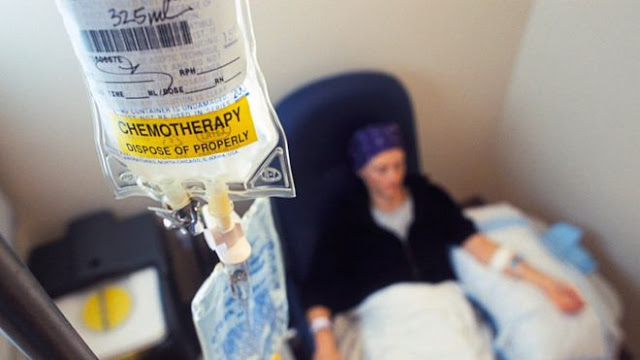People with mesothelioma often have questions about their legal choices. The legal process can be intimidating. Know that you are not alone. Help available.
The dangers of asbestos exposure were known long before any efforts were made to protect workers. Thousands of American workers were exposed to asbestos during the 20th century, and were often unaware of the hazards of exposure.
Companies that produced asbestos-containing products or used these products on a daily basis are liable for their negligence in failing to protect their workers. If you or a loved one has developed mesothelioma or another asbestos-related disease as a result of asbestos exposure, you may wish to speak with an attorney to seek compensation to help cover medical expenses, lost income and pain and suffering.
Companies that produced asbestos-containing products or used these products on a daily basis are liable for their negligence in failing to protect their workers. If you or a loved one has developed mesothelioma or another asbestos-related disease as a result of asbestos exposure, you may wish to speak with an attorney to seek compensation to help cover medical expenses, lost income and pain and suffering.
Many people who are victims of exposure have sought advice from the mesothelioma law firm to get justice and help them cover the extraordinary costs associated with this disease.
Most victims are exposed to asbestos at work. In many cases, producers of asbestos and materials containing asbestos know about the hidden dangers and risks of asbestos, but fail to inform the public. Therefore, workers who develop health problems from asbestos exposure may qualify for financial compensation to cover expenses such as loss of wages, medical bills, emotional suffering, physical pain, and more.
If you suffer from mesothelioma, asbestos-related lung cancer, or asbestosis, you may qualify for a large amount of compensation. Currently, there are more than $ 30 billion in asbestos trust funds, which are prepared for those who have been diagnosed with asbestos-related diseases. Fill out our form to receive our free Financial Compensation Package. Our package contains information about leading mesothelioma lawyers in your area, how to make a claim for an asbestos trust fund, how to get payment in 90 days, and more.
Most victims are exposed to asbestos at work. In many cases, producers of asbestos and materials containing asbestos know about the hidden dangers and risks of asbestos, but fail to inform the public. Therefore, workers who develop health problems from asbestos exposure may qualify for financial compensation to cover expenses such as loss of wages, medical bills, emotional suffering, physical pain, and more.
If you suffer from mesothelioma, asbestos-related lung cancer, or asbestosis, you may qualify for a large amount of compensation. Currently, there are more than $ 30 billion in asbestos trust funds, which are prepared for those who have been diagnosed with asbestos-related diseases. Fill out our form to receive our free Financial Compensation Package. Our package contains information about leading mesothelioma lawyers in your area, how to make a claim for an asbestos trust fund, how to get payment in 90 days, and more.
What Does the Law Office Mesothelioma Do?
A law firm that specializes in the focus of mesothelioma, especially on victims of this type of cancer and those with other asbestos-related diseases. For the best chance of positive results for asbestos cases, it is important to avoid completion of a law firm that handles all types of personal injury cases. You need a legal team that specializes in mesothelioma cases, because these types of lawsuits are complicated and require an in-depth understanding of asbestos exposure and disease.
Lawyers at the asbestos law firm have in-depth knowledge of federal and state laws regarding the use of asbestos and how it has been used in various industries where workers are exposed. They also have sharp investigative skills and are able to dig deeper to reveal when and where companies expose workers to asbestos. You need the guidance and advice of a law firm of this type to have the best chance for a claim or a successful lawsuit.
Lawyers at the asbestos law firm have in-depth knowledge of federal and state laws regarding the use of asbestos and how it has been used in various industries where workers are exposed. They also have sharp investigative skills and are able to dig deeper to reveal when and where companies expose workers to asbestos. You need the guidance and advice of a law firm of this type to have the best chance for a claim or a successful lawsuit.





























